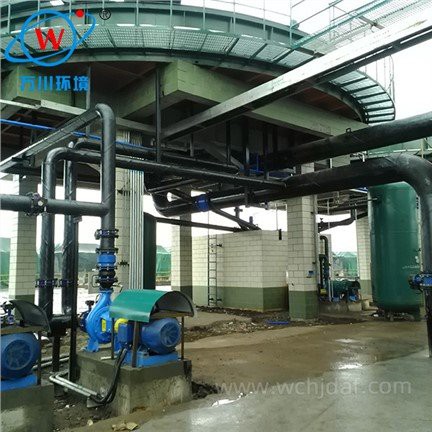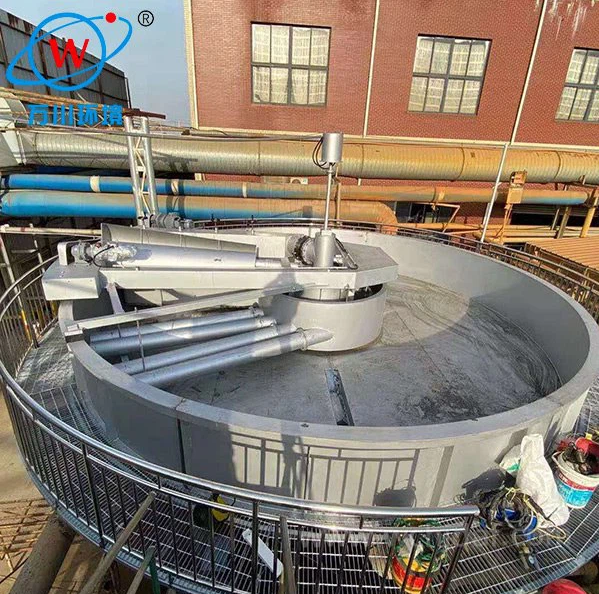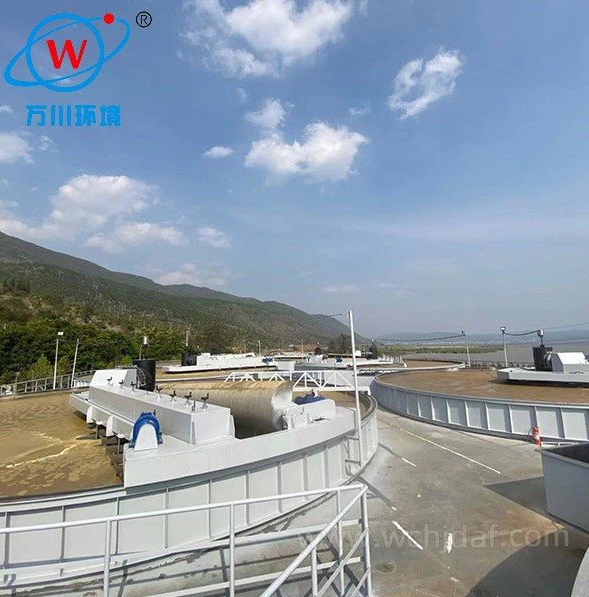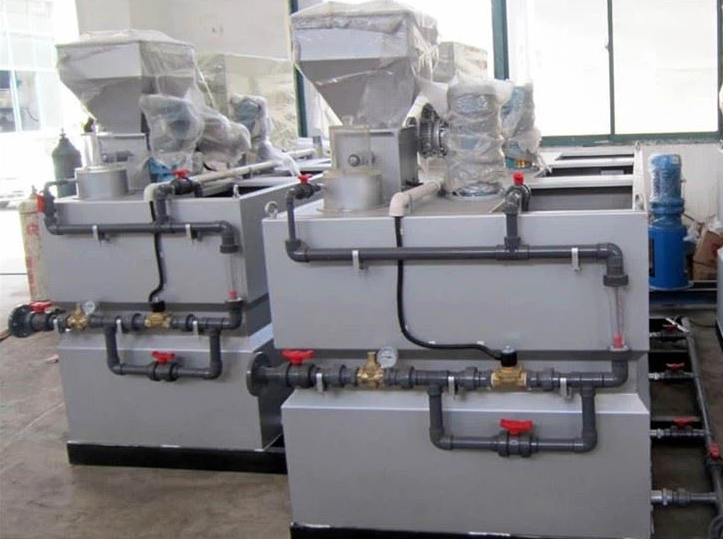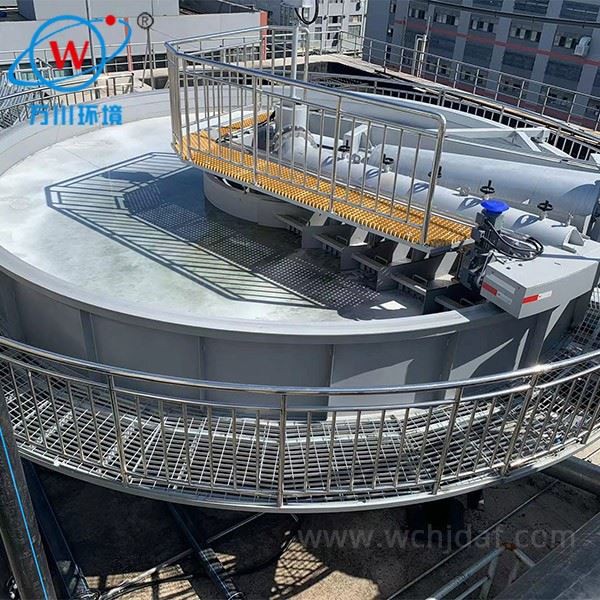DAF Process Optimization Guide
To optimize the Dissolved Air Flotation (DAF) operation process, several key aspects should be considered for maximum suspended solid removal and water clarification.
1. Chemical Dosage Control
Precise adjustment of coagulants and flocculants is crucial for effective treatment.
- Adjust based on wastewater characteristics
- Excessive or insufficient chemicals reduce efficiency
- Conduct regular jar tests for optimal dosage
- Ensures effective particle aggregation and bubble attachment
2. Air-to-Water Ratio
Proper bubble generation is essential for effective solids removal.
- Affects bubble number and size
- Too much air causes bubble coalescence
- Too little air provides insufficient buoyancy
- Monitor and adjust based on influent flow and quality
3. Hydraulic Conditions
Stable flow conditions ensure consistent treatment performance.
- Maintain stable flow rates
- Minimize turbulence to protect scum layer
- Regular cleaning and maintenance of:
- - Saturation tank
- - Flotation tank
- - Skimming devices
4. Real-Time Monitoring
Continuous parameter tracking enables process optimization.
- Monitor influent/effluent quality
- Track saturation tank pressure
- Measure scum layer thickness
- Enable prompt operational adjustments
By systematically addressing these four optimization aspects, DAF systems can achieve maximum suspended solids removal efficiency and consistent water clarification performance.

